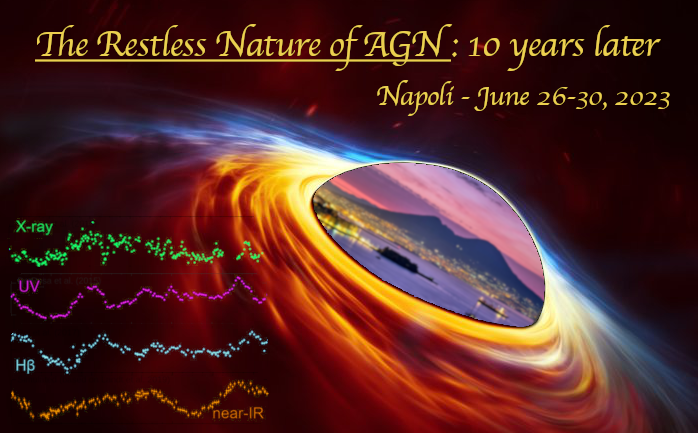Speaker
Description
When stars approach the tidal radius of a supermassive black hole (SMBH) and find themselves unraveled, the resulting debris stream spirals toward the SMBH and creates a flare whose light can outshine the host galaxy. These tidal disruption events (TDEs) can be used for independent measures of black hole masses, and they offer new windows to study accretion onset and flaring mechanisms near SMBHs. Only recently, though, have TDEs offered us glimpses into the sub-parsec local environments near SMBHs. AT 2020mot is a typical UV/optical TDE, but is uniquely bright in the near-infrared and even shows a later enhancement in brightness along the tail of the light curve. This could be the first TDE to show two "dust echoes," indicative of concentric rings of thin dust within 0.1 parsecs of a SMBH, among the smallest scales at which dust has been inferred near SMBHs. Similarly, the recent event AT 2022upj is an extreme coronal line emitter (ECLE) that shares emission line diagnostics in common with the small subset of ECLEs designated as TDEs. This class of events has been interpreted as another form of a "light echo" of TDEs in gas-rich environments. Events like AT 2020mot and AT 2022upj are novel opportunities to peer into the closest material of otherwise invisible black holes in quiet galaxies. Studying these events will explore the fundamental connections between supermassive black holes, galaxy evolution, and accretion mechanics.

